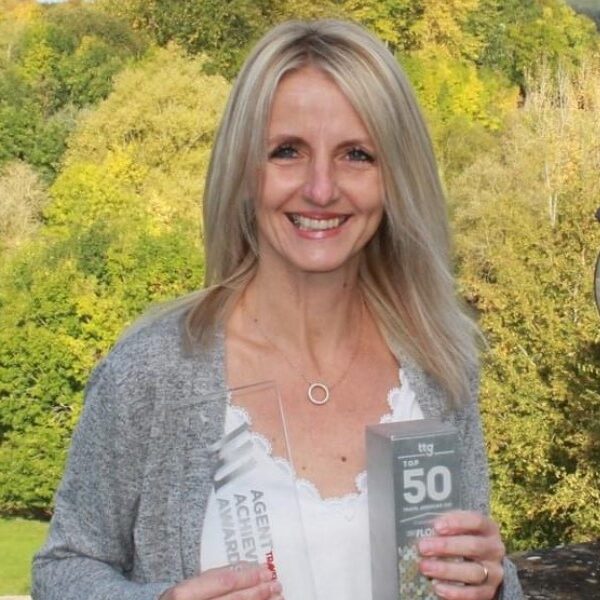Introduction
While the country still lives in the shadow of the wars that took place in the 1990s, Bosnia is a beautiful country that has warm, welcoming locals, incredible views atop the glorious mountain ranges, and many diverse cultural experiences that will encourage you to learn more about this friendly corner of the world.
At a Glance
Highlights
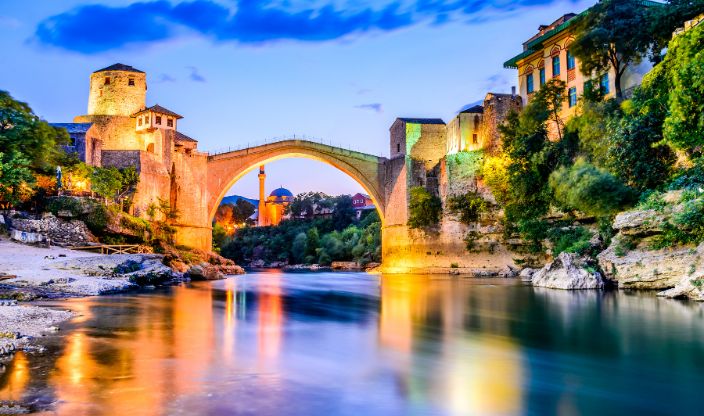
With a rich history of mixing European and Near Eastern culture, Bosnia combines a wealth of ethnic and religious influences, including Christianity, Islam, and Roman Catholicism. Each faith ties to one of the 3 major ethnic groups, including the Croats, Serbs, and Bosniaks.

Surrounded by over-towering mountains, Sarajevo is a large, sprawling city with plenty to offer. Go on a gentle stroll to explore bazaars, mosques, cafes, and kebab restaurants. Meet the friendly, welcoming locals and get a glimpse into their day-to-day life. And visit the central district of Baščaršija, regarded as one of the prettiest sights in the city.
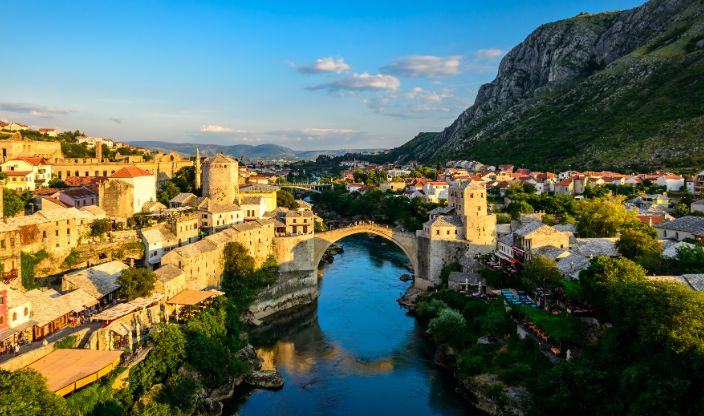
Located on the banks of the Nerertva River, Mostar was once a small fortification. It was conquered by the Ottomans in 1468, and soon became the economic powerhouse of Herzegovina.
Today, the city is a popular tourist destination. Most notable is the Old Bridge, built in the 16th century but destroyed by bombing during the Civil War. The bridge has since been restored.
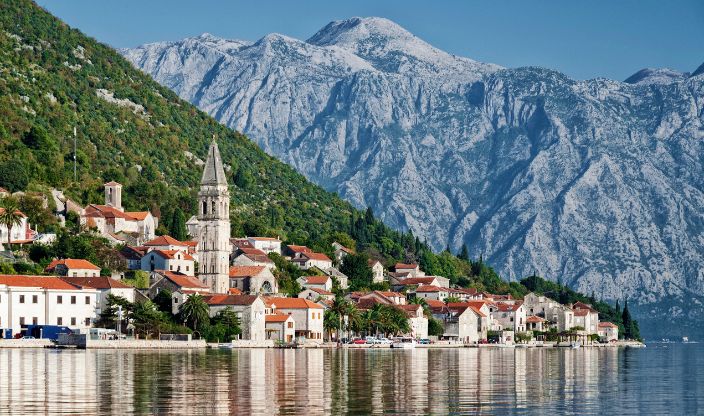
Tucked away in the Montenegrin coast, Kotor is an incredible city that overlooks the bay. It features 1,000 steps that takes you to the top of the old fortification walls, providing breathtaking views of your surroundings. The city is also near Lovcen National Park, which has an imposing black mountain and is the final resting place of bishop Petar II Petrović Njegoš.
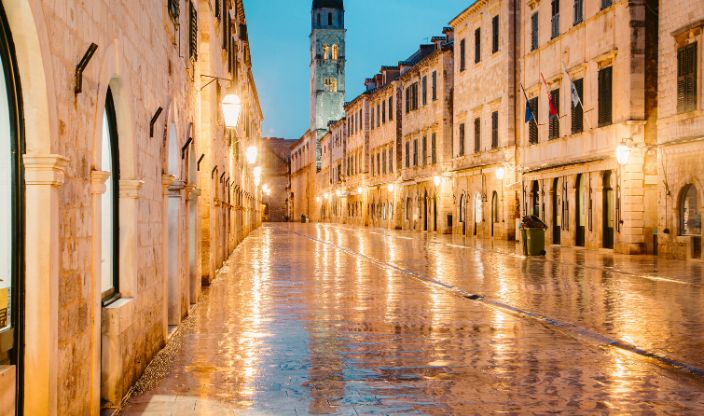
In 1979, the city of Dubrovnik became a UNESCO World Heritage site. After spending a few hours in this enchanting city, you will learn why. Its cultural and historical significance – not to mention its captivating architecture, preserved city walls, and vibrant local cafes – will instantly win you over.
At Dubrovnik, you will experience many of the city’s best attractions. These include walking along the aforementioned city walls and visiting Stradun, a famous main street paved with shiny, slippery limestone.
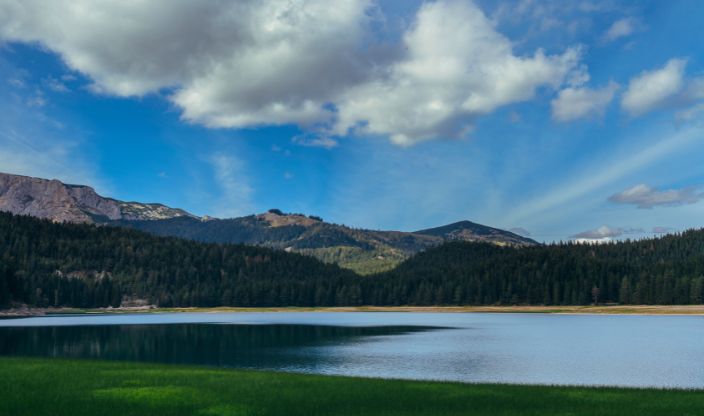
Formed by glaciers, and surrounded by underground streams and rivers, Durmitor National Park is home to numerous glacial lakes, spectacular canyons – which provide many opportunities for hiking, canoeing, mountaineering, and climbing –, and high-altitude meadows. The result is a visually stunning and awe-inspiring journey into the deepest gorges in Europe.
Recommended Hotels
Hotel Porto (or similar) | Hotel Zabljak (or similar) | Hotel Cosmopolit (or similar) | Hotel Kapetanovina (or similar) | Hotel Komodor (or similar)
Sample Itinerary Intro
Bosnia & Beyond
In this sample itinerary, you will learn about the beauty and majesty of Bosnia. More than just a multiethnic and culturally rich country, Bosnia is a melting pot of traditions, ethnic groups, and faiths, which combine to create a unique destination that will make you feel right at home. One day you’ll be strolling through the city streets of Sarajevo; the next, you could be kayaking alongside the glacial peaks of Durmitor National Park. Wherever your adventure takes you, there’s not a dull moment in this exciting and breathtaking part of the world.
Arrive in Dubrovnik Airport, Croatia. Then make a 3-hour trip to Kotor. Featuring a dramatic mix of old and new, Kotor features culturally and historically significant buildings, such as medieval churches, cathedrals, and Venetian pillars and palaces. This contrast is most evident in the smallest of details; modern cafes situated between old squares, bustling locals and tourists walking through cobblestone alleyways, and spectacularly lit up walls at night.
Stay 2 nights in Hotel Porto In or similar.
(D)
Explore the streets of Kotor with a guided tour. Estimated at 2-hours length, the tour will take you through the city’s many cultural sites, including the grand townhouses, spacious squares, and stunningly detailed religious buildings.
Have lunch overlooking the bay. Then take a boat ride to ‘Our Lady of the Rocks.’ This floating island features a light-blue domed church and a museum. You will be guided through both buildings, with an informative excursion detailing the history of the church, and the many artifacts inside.
In the evening, visit Budva, one of the country’s most visited destinations. It attracts tons of tourists for its vibrant nightlife culture, the Budva Riviera beaches, and the atmospheric Stari Grad (old town).
(N)
In the morning, take a 2-hour journey to the city of Cetinje. The city is located at the foot of Lovcen Mountain and is a major tourist hot spot. Your tour guide will take you through some of the city’s main sites, including the Njegos Mausoleum and Cetinje Monastery.
From there, visit the holy shrine of St. Vasilije in the Ostrog Mountains. It is the most famous pilgrimage site in Montenegro, and it was founded by the Herzeg Archbishop Vesilije in the 17th century. While the building was destroyed by a fire, it was delicately reconstructed between 1923 and 1926, and fortunately the small cave churches were spared from destruction.
In the late afternoon, take a 3-hour drive through various villages and mountain passes to reach Zablijak, a small ski resort. Stay for 2 nights at the Hotel Zabljak.
(N)
Go on a guided tour of the Zabljak Plateau. Walk around the Black Lake, the largest lake in the area, and enjoy a traditional lunch prepared by a local family. Then admire the stunning views from Tara Canyon, a UNESCO World Heritage Listed site, and one of the deepest European Canyons in the world.
Head back to Zabljak and enjoy free leisure in the afternoon.
(N)
Take a 2–3-hour drive to the border between Bosnia and Montenegro. Here lies Piva River, which originates form the Sinjac spring on Golija mountain and is approximately 120 kilometers long. Once you are out of Piva Gorge, head to Scepan Polje, the border crossing into Bosnia & Herzegovina. Here you can stop and admire the views. After lunch, proceed to the eastern region of Bosnia & Herzegovina, followed by Sarajevo.
Stay at the Hotel Cosmopolit for 3 nights.
(B)
Go on a private city tour of Sarajevo on foot and by bus. This tour will take you to the city’s major historical, cultural, and war sites. Most notable is the Sarajevo Tunnel Museum. Also known as the Tunnel of Hope, it was built in the 1990s while Sarajevo was under siege by the Serbian army. The purpose of the tunnel was to supply the city with essential food and supplies during the conflict.
Go on a 2-hour trip to Lukomir, an isolated village that stands around 1,5000 meters above sea level, making it the highest village in Bosnia. The village is unique for its distinct old stone houses, the locals who still wear traditional clothing, and it being declared a national monument by Bosnia & Herzegovina.
After exploring the village, head towards Rakitnica Canyon and admire the majestic scenery from way up above. Enjoy lunch in the village, lovingly prepared by the locals, and return to Sarajevo.
(B, L)
Head to Mostar for a full-day tour. Spend the morning and afternoon exploring Mostar. The city still has visible signs of war from 1990s but is now a warm, welcoming, and bustling city.
Explore the city for the rest of the day at your own leisure.
(B)
Visit the medieval fortress village of Počitelj. The village is home to the iconic 16m Ottoman clock tower, the octagonal Gavrakapetan Tower, and the Hajji Alijia Mosque. The Mosque was deliberately target by Bosnian forces in 1993 but has since been reconstructed. Head to Blagaj for lunch.
In Blagaj, admire the Buna Spring and Ottoman house. The Buna Spring is the source of the Buna River and produces crystal clear water at a rate of 30 m3/sec. You can also see water appear and flow through the depths of a nearby cave. Afterwards, enjoy a pleasant walk through Blagaj and visit the 600-year-old monastery. Spend the late afternoon and evening in Mostar.
Stay for 1 night at the Hotel Kapetanovina or similar.
(B)
Before heading Dubrovnik, take a detour to Trebinje, a town with a rich history dating back to the Middle Ages. Here, you will visit the many wineries. You can explore the vineyards, sample local produce, and marvel at the beautiful scenery.
After lunch, travel south to Dubrovnik. The area features ancient city walls, baroque buildings, and an iconic Old Town. It is no wonder that George Bernard Shaw once referred to Dubrovnik as “paradise on Earth.” End the day with free time in Dubrovnik.
Stay for 1 night at the Hotel Komodor or similar.
(B)
Head to Dubrovnik Airport after breakfast and return to London.
(B)












